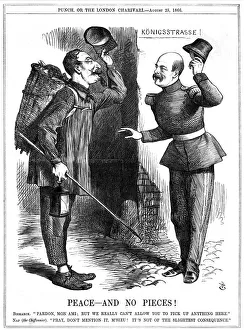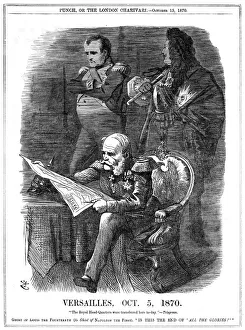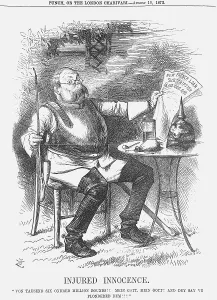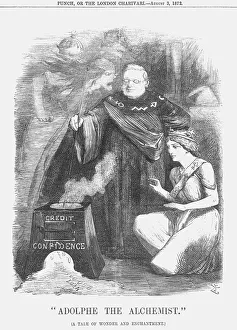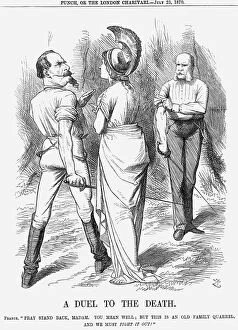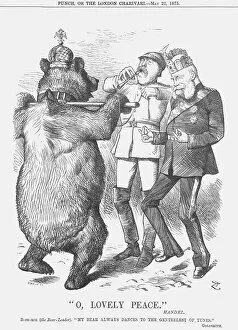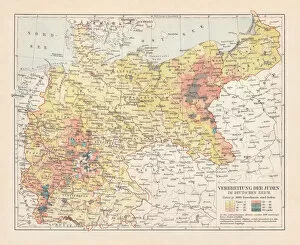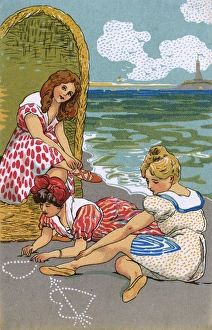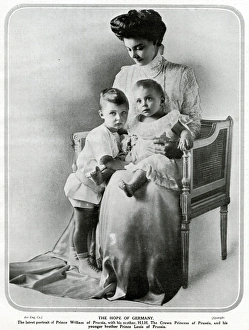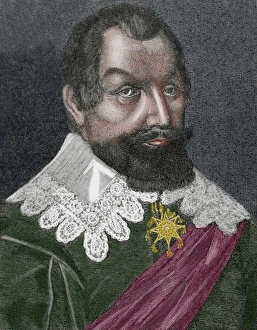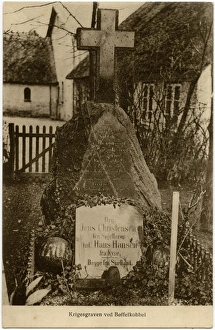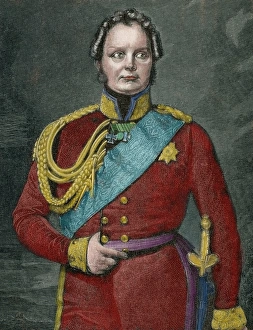Prussia Collection (#81)
"Prussia: A Historical Tapestry of Power, Wars, and Royalty" Step back in time to the 19th century as we explore the captivating world of Prussia
All Professionally Made to Order for Quick Shipping
"Prussia: A Historical Tapestry of Power, Wars, and Royalty" Step back in time to the 19th century as we explore the captivating world of Prussia. This European kingdom, which later became a crucial part of Germany in 1871, holds a rich history filled with influential figures and significant events. In this vintage painting, we witness Queen Victoria and Prince Albert alongside their beloved children. Their reign marked an era of great prosperity for both Britain and Prussia, fostering diplomatic ties that shaped Europe's future. As our eyes wander across the map of Europe from 1871, we see how Prussia's influence extended far beyond its borders. Its strategic location played a pivotal role during the Napoleonic Wars – notably witnessed in the Battle of Rothiere where brave soldiers fought for freedom against French forces. The dropping of the pilot in 1890 symbolized a turning point for Prussian politics. Illustrated by John Tenniel's artwork, it depicted Emperor Wilhelm II dismissing his trusted advisor Bismarck – marking a shift towards more aggressive policies that would shape Germany's destiny. Frederick the Great stands tall in another vintage painting representing Prussian might. His leadership during turbulent times solidified Prussia as a formidable force on the European stage. Queen Victoria's encounter with Prince Wilhelm further strengthened ties between Britain and Prussia. Little did they know that their meeting would foreshadow momentous events such as Austro-Hungarian War Bonds being advertised through striking posters – showcasing alliances formed within Europe at that time. The proclamation of the German Empire at Versailles forever altered geopolitical dynamics. It united various German states under one banner while also impacting royal families like Hesse-Cassel and Greece who found themselves intertwined within this new order. Amidst triumphs and turmoil alike, Queen Victoria mourned deeply after losing loved ones – captured poignantly in an image showing her surrounded by her grieving children at Windsor.






